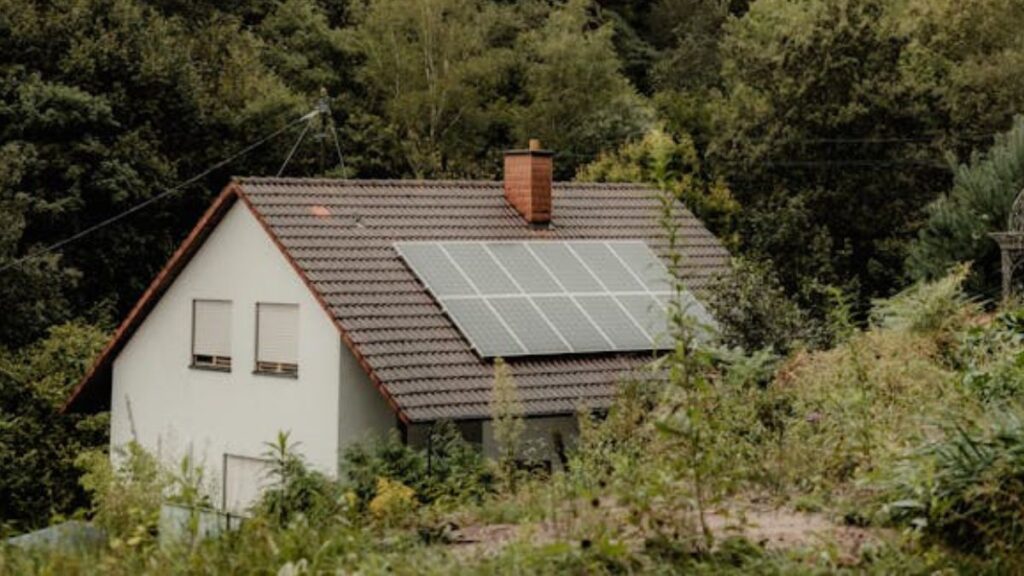Your roof is one of the most crucial elements of your home, silently protecting you from the elements day after day. Yet, roof damage can creep up slowly, often without any obvious signs at first. Recognizing these warning signals early can mean the difference between a simple repair and a costly replacement. Addressing minor issues promptly can help you avoid more severe complications down the line.
1. Water Stains on Your Ceiling or Walls
Water stains on the ceiling or walls inside your home should not be ignored. They’re often a sign that water is leaking through your roof, and by the time you see these stains, the damage could be well underway. These discolored spots help uncover roof leaks as they indicate that water has penetrated through your attic and into your living space. Often, this is the result of a leak that has built up over time, soaking into insulation and other materials before finally showing itself on your walls or ceiling.
2. Missing or Damaged Shingles
Shingles are your roof’s first line of defense. If you notice any are missing, cracked, or curling, it’s a red flag. Shingles can be damaged by strong winds, heavy rainfall, or simply due to aging. Cracked or curled shingles are often an indication that your roof is reaching the end of its lifespan. They might also point to improper installation or extreme weather that has worn down your roof over time. Take a close look, especially after storms, to assess whether your shingles still lay flat.
Granule Loss
Shingles are coated with granules that help protect your roof from UV rays and weather elements. When these granules start to fall off, you might see them accumulating in your gutters or at the bottom of downspouts. This is a sign your shingles are wearing out and your roof may no longer be fully protected.
3. Sagging Roof Deck
A sagging roof deck is one of the more obvious and alarming signs that your roof has sustained damage. This issue typically requires urgent attention, as it could indicate a structural problem.
You may notice the roof deck looking uneven or drooping. This can occur when the underlying support structure is compromised, often due to prolonged water damage or excess weight from accumulated snow or debris.
4. Increased Energy Bills
If you’ve noticed a sudden spike in your energy bills, it might not just be your HVAC system to blame. Roof damage can lead to poor insulation, meaning your home is losing warm air in the winter and cool air in the summer.
- Escaping Heat or Cooling: Damaged or missing shingles, gaps, and even weakened seals can all contribute to the loss of conditioned air. This forces your heating and cooling systems to work harder to maintain a comfortable temperature inside your home, driving up your energy costs.
- Drafts from the Attic: If your attic feels unusually drafty or temperatures fluctuate more than usual, there could be an issue with the roofing insulation. Proper insulation works together with your roof to regulate temperature, and any leaks or damage disrupt this balance.
5. Mold and Moss Growth
Mold and moss growth are both clear indicators that moisture is trapped somewhere on your roof. While a little moss might look harmless, it can lead to significant problems if left unchecked.
Dark Streaks or Green Patches
Moss tends to thrive in damp, shaded environments, which makes it a threat to your roof if moisture becomes trapped. You might see green patches along the edges of shingles or black streaks running down the roof. Both can damage shingles and contribute to rot.
Moisture-Related Problems
Mold inside your home can be traced back to roof issues. Mold loves dark, moist spaces, and a leaky roof creates the perfect environment. If you notice mold growth in your attic, your roof should be inspected immediately to prevent further structural damage and health risks.
6. Flashing Damage
Flashing is the material used to seal joints and seams on your roof—particularly around chimneys, vents, and skylights. Damaged flashing can easily lead to leaks and water intrusion. When flashing becomes cracked, bent, or separated, it can no longer protect your home effectively. This can happen due to harsh weather, poor installation, or just wear and tear over time. Damaged flashing should be addressed quickly to prevent leaks, which can compromise your attic and interior.
Addressing roof problems before they escalate can save you time, money, and frustration. Whether it’s missing shingles, flashing issues, or signs of moisture, each warning sign offers you the opportunity to keep your home safe and secure. If you’ve noticed any of these warning signs, contacting a professional roofing contractor for an inspection could be the next best step to ensure your roof and home remain in good shape.







